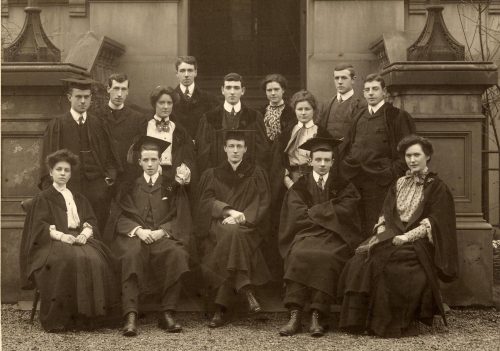For international women’s day, Kenneth from the Archives takes a look at some of the notable women in the early history of the University, a reminder of how important understanding our past is in shaping who we are today, and who we want to be in future. .
University College was founded at the end of 1881 thanks to the financial generosity of Miss Mary Ann Baxter. One of her founding principles was that all classes in the College were to be open to students of both sexes, a radical stance at a time when women’s access to higher education was severely restricted. This meant that from the time it opened for teaching in 1883 the College always had a significant number of female students.
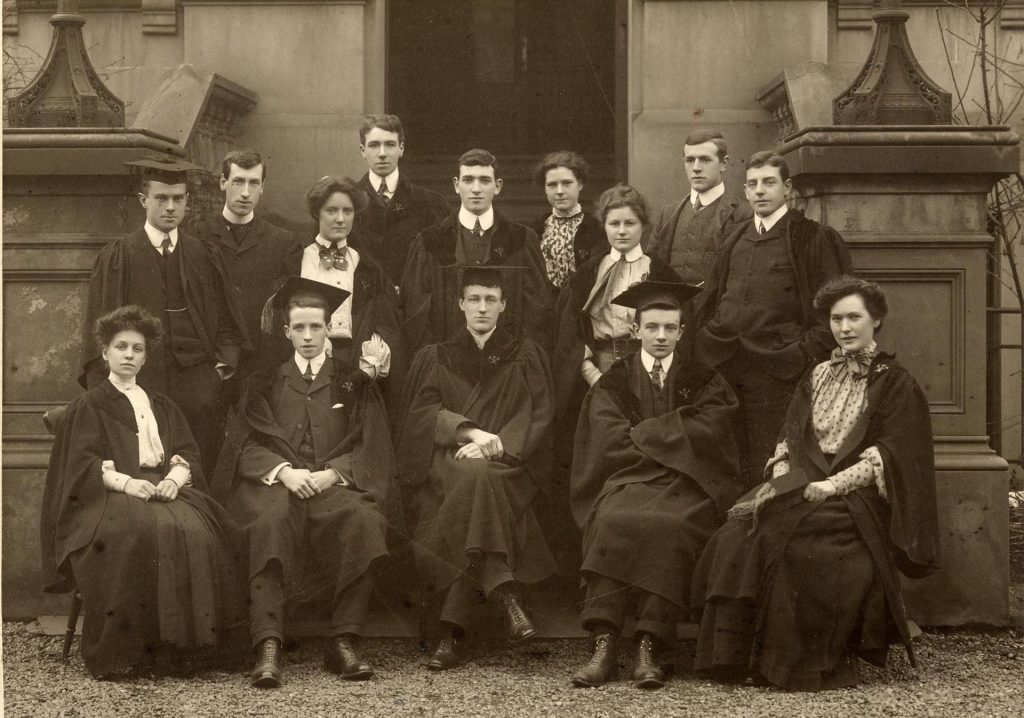
1904 Student Representative Council
Among the first to matriculate was Mary Lily Walker, then aged 20. She would spend 11 years at the College, excelling in several subjects and winning a number of prizes. She became an important social reformer and was a leading figure in the Dundee Social Union, reflecting the ethos on which the College was founded – being at the heart of and supporting the city. In 1901 Mary became one of the first two women elected to Dundee Parish Council (the other Agnes Husband had been an evening student at the College in 1884). She died in 1913.
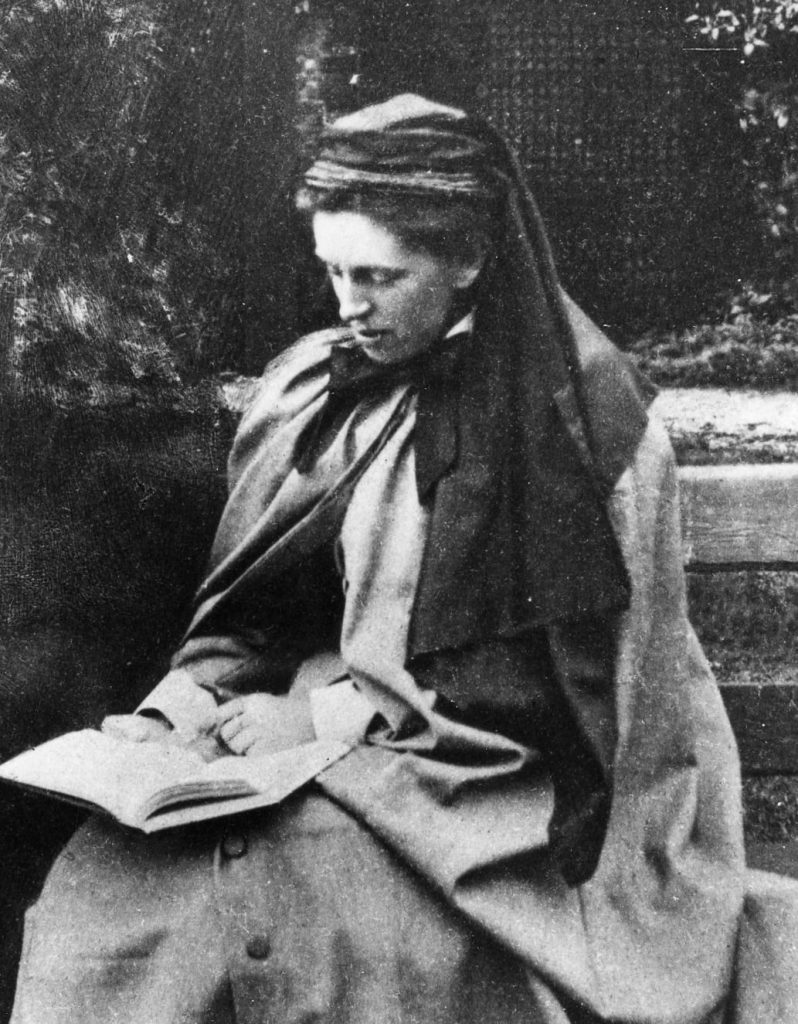
Mary Lily Walker
A contemporary of Mary Lily Walker was Etta Johnston, who was born in 1862 and attended the High School of Dundee before becoming matriculating at University College, Dundee. She was a polymath who studied several subjects during her years at the College, but showed a particular interest in Chemistry. A brilliant student, she also won several prizes and eventually became an assistant to Professor Patrick Geddes. Like Mary Lily Walker, Etta was interested in improving the lives of the working families in Dundee. She was also a talented artist and illustrated some of the Chemistry Department’s research papers. She died at her home in Newport in 1952.
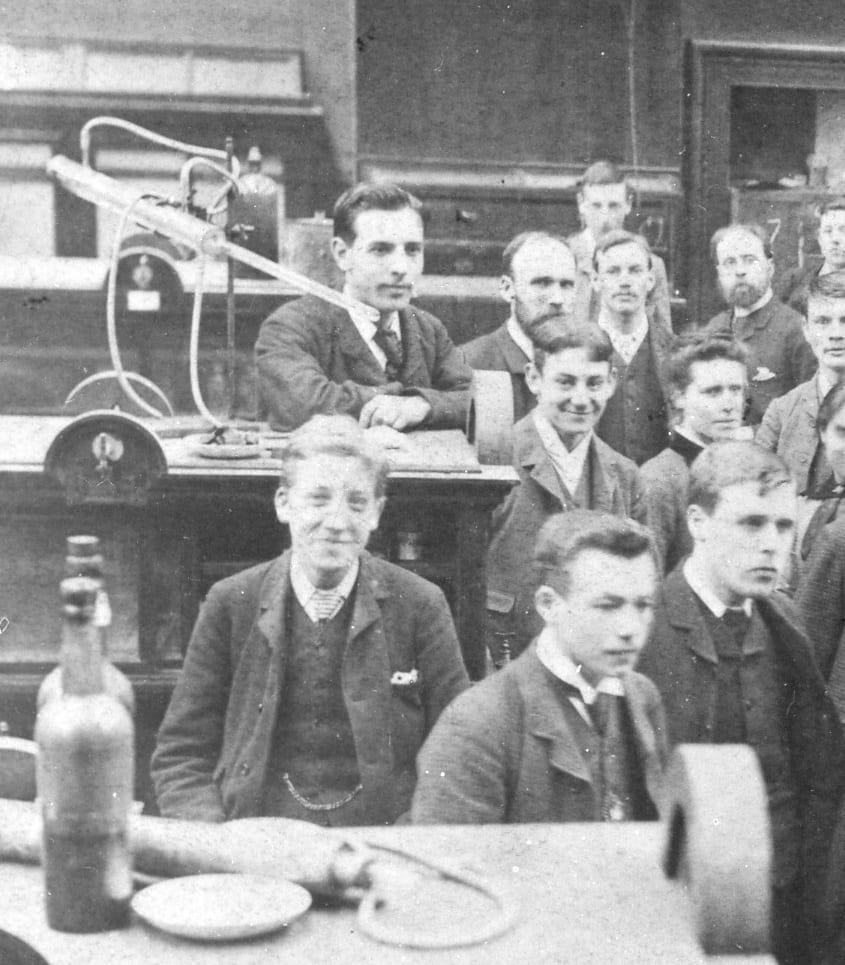
1888 chemistry class with Etta on the right
Another early student was the activist Margaret Irwin who studied at the College in session 1885-1886. She would go on to be the key figure in the founding of the Scottish Trades Union Congress in 1897 and was its secretary from its establishment until 1900. Agnes Forbes Blackadder (1875-1964), later Dr Agnes Savill, became the first woman to graduate with an MA from the University of St Andrews. She studied at University College, Dundee at various times between 1893 and 1898, as well as at the University of Glasgow. During the Great War, by which time she had been widowed, she served as radiologist at the Scottish Women’s Hospital in Royaumont, France, being awarded the Medaille des Epidemics by the French Government for her services.
Although the College had a close relationship with the University of St Andrews, and became a full part of it in 1897, some of its students still took degrees from other institutions. Dr Laura Stewart Sandeman, who obtained her medical degree from Edinburgh in 1900, had actually undertaken the bulk of her studies at University College. She would go on to have a distinguished medical career, including war service with the Scottish Women’s Hospitals. She also became a prominent social reformer and politician in Aberdeen, twice standing as a Unionist candidate for parliament for Aberdeen North. Also serving with the Scottish Women’s Hospitals was Dr Florence Elsie Inglis, who studied at University College between 1910 and 1913 before obtaining her medical degree from Edinburgh.
The early 20th century saw a number of talented women graduate in medicine who had studied at the Medical School at University College. The first three women to obtain medical degrees were Elizabeth Horne Bain MacDonald, Jessie Balsille and Alice Jean Donaldson in 1905.
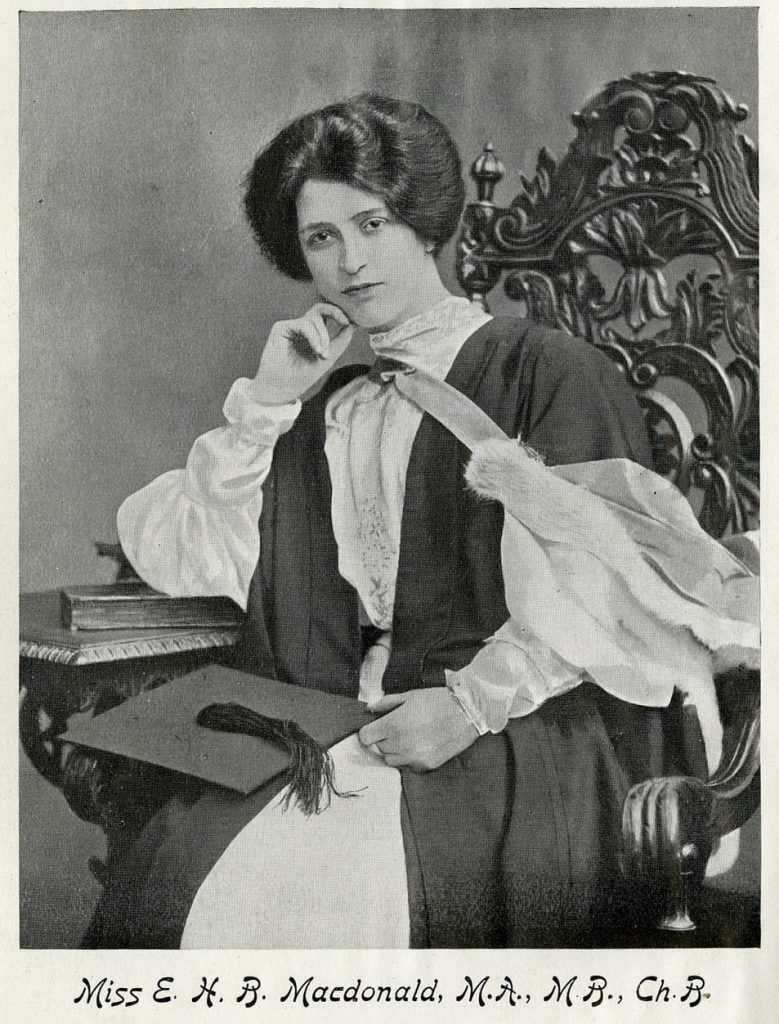
Elizabeth Macdonald
MacDonald had a particularly interesting life. Born in Dundee in 1880 she attended Harris Academy then enrolled at the University of St Andrews at the age of 16. At 19 she finished first in her honours English Literature class and was awarded her MA. She intended to go on to study medicine, but met with opposition from men including James Donaldson, the then Principal of the University of St Andrews, who told her that she should become a teacher. Others warned her that being a medical student would lead to a loss of modesty and expose her to the sordid facts of life. She suffered a further blow when a St Andrews scholarship, that her previous examination results entitled her to, was denied on the grounds it could not be awarded to female students. Undeterred she did her pre-clinical training at the Bute Medical School in St Andrews, then in 1901 she moved on to the Medical School at University College, Dundee. Here she continued to excel academically, and played a very active part in student life, setting up a Women Students’ Association and serving as Vice President of the Union. After obtaining her MB ChB she continued to study at Dundee and was awarded an MD in 1907. However, her career in Dundee was curtailed as Dundee Royal Infirmary declined to appoint a woman doctor, a decision that greatly angered her fellow students. Ultimately, she went to New Zealand where she had a successful career, later moving to England. Under her married name of Elizabeth Bryson, in 1966 she published Look Back in Wonder which reflected on her early life and student days as well as the struggles women who wanted to become doctors had faced.
Ruth Wilson, later Young, was a former Dundee High School pupil and contemporary of MacDonald’s who started at University College in 1902. After obtaining a BSc she turned to medicine and graduated in 1909 with an MB ChB. In 1916 she was appointed Professor of Surgery at Lady Hardinge Medical College in Delhi, then in 1925 she became Personal Assistant to the Chief Medical Officer of the Women’s Medical Service of India. In 1931 she was made Director of the Maternity and Child Welfare Bureau of the Indian Red Cross Society and in 1936 she returned to Lady Hardinge Medical College to become its Principal, a post she held for the next four years. In 1943 she travelled to Ethiopia, a dangerous journey to undertake during the War, in order to spend five months advising the Ethiopian Women’s Work Association on setting up welfare work schemes. She retired in 1951 and died in Edinburgh in 1983, a few weeks prior to what would have been her 100th birthday. Her contributions to welfare work were recognised with an MBE in 1928 and CBE in 1941. The University Archives hold her diaries detailing her travels across the world on maternity and child welfare work.
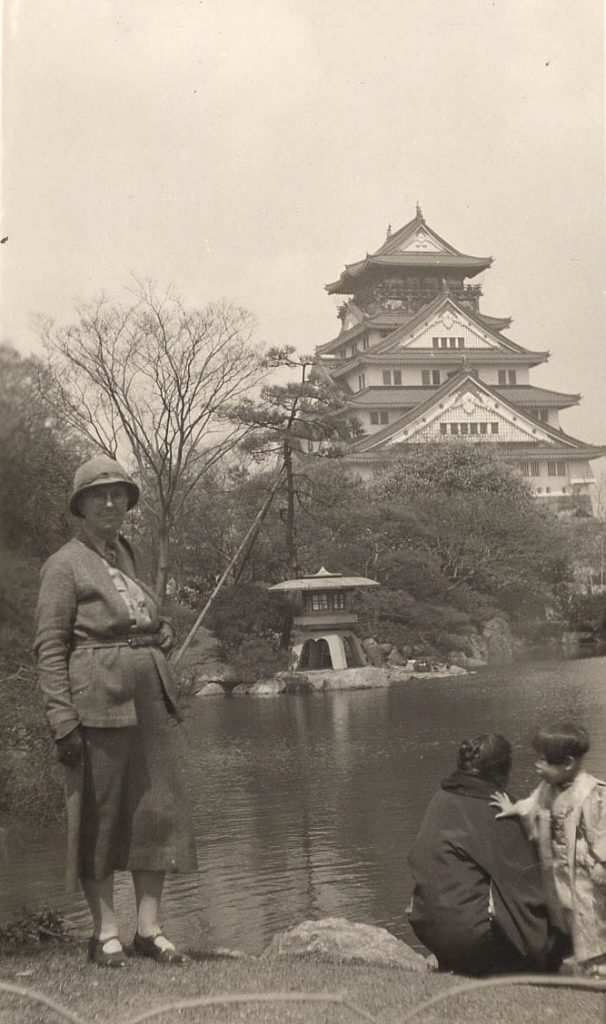
Ruth Young
Perhaps the most well known early medical student is Margaret Fairlie. She first matriculated at University College, Dundee in 1910 marking the start of an association that would last most of the rest of her life. After graduating in 1915, she held various posts in Dundee, Perth, Edinburgh and Manchester, before returning to Dundee in 1919 to run a consultant practice for gynaecology. She started teaching at the Medical School the following year. In the mid 1920s Fairlie joined the staff of Dundee Royal Infirmary becoming head of the Department of Obstetrics and Gynaecology in 1936. This appointment displeased at least one male colleague who felt he should have been appointed to the job and considered Fairlie’s appointment a grave injustice. Her appointment should have also seen her become Professor of Obstetrics and Gynaecology, but moves to appoint her to this position were blocked by the University of St Andrews Court and Principal James Irvine. With the Directors of Dundee Royal Infirmary standing behind Fairlie and opinion in Dundee largely supportive of her, four years of impasse followed until the University Court finally granted her a chair in 1940. This made her Scotland’s first female Professor. She retired in 1956, and was at that time still the only woman to have held a chair at a Scottish University.
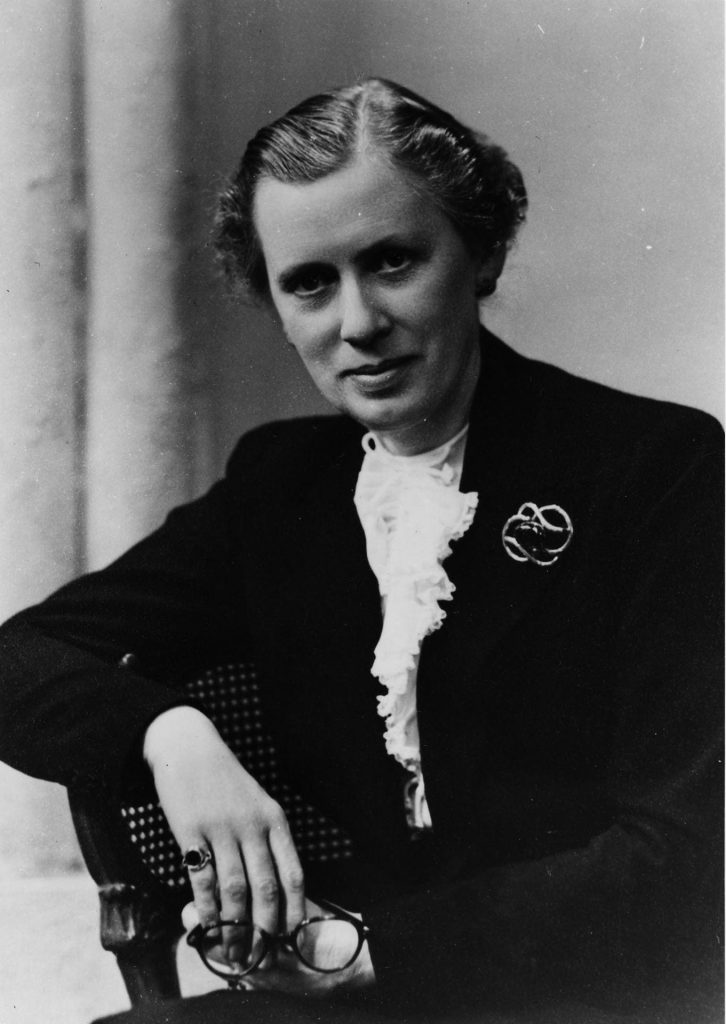
Margaret Fairlie
Dundee also notable early female staff members including Doris Livingston Mackinnon. Born in Aberdeen in 1883 she attended the University of Aberdeen where she was awarded a BSc in 1906. She then obtained a Carnegie Scholarship which allowed her to pursue further study in Munich, France and Cambridge. In 1908 she gained her first academic post when she became assistant to the Professor of Natural History at the University of Aberdeen. In November 1909 she came to Dundee to serve as assistant to Professor D’Arcy Wentworth Thompson in the Zoology Department, and was promoted to Lecturer in Natural History in 1916. During her time at the College she continued her research into parasitic species of protozoa which led to her being awarded a doctorate by the University of Aberdeen in 1914. As well as publishing several scientific papers she gave popular public talks in Dundee on subjects including bee keeping and the dangers of transmission of disease by house flies. In 1916 she was granted a leave of absence from University College, Dundee so she could work as a bacteriologist for the War Office at war hospitals in England leading to her carrying out important research into the transmission of amoebic dysentery and malaria. She returned to her post at Dundee in 1918 by which time Thompson had moved to St Andrews and she now became the acting head of the Department of Natural History. She would run the department until her own departure to take up a post as Lecturer in Zoology at King’s College London in 1919. She had a very successful career at King’s and in 1927 became a professor when she was appointed to the Chair of Zoology in succession to Julian Huxley.
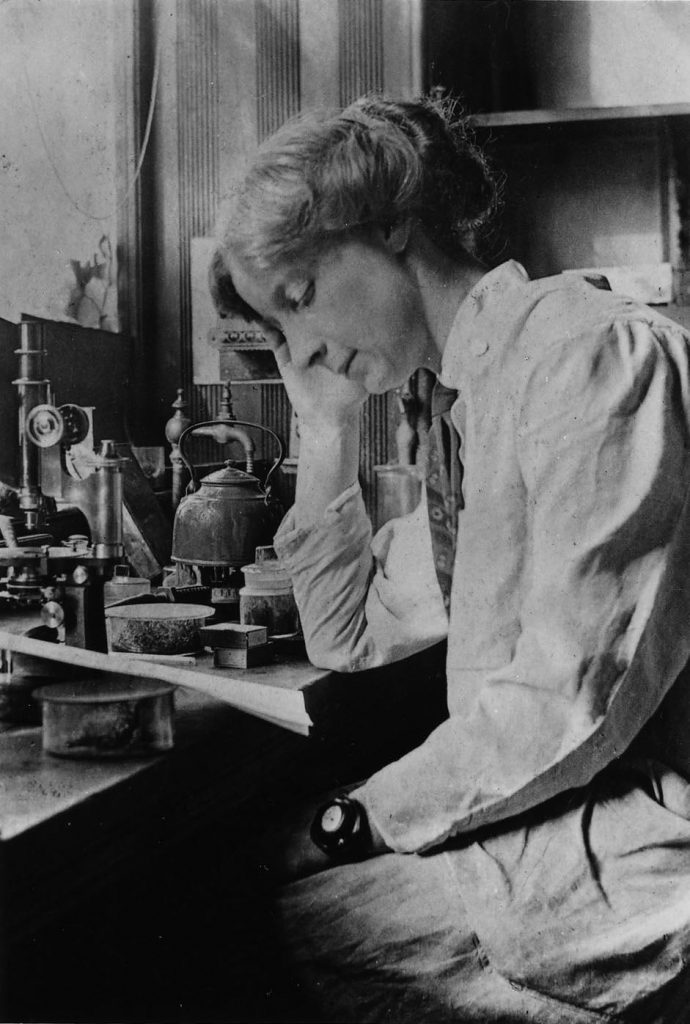
Doris Mackinnon
All of these and other pioneering women played a key role in shaping the University of today and information about them all can be found in the University Archives.
